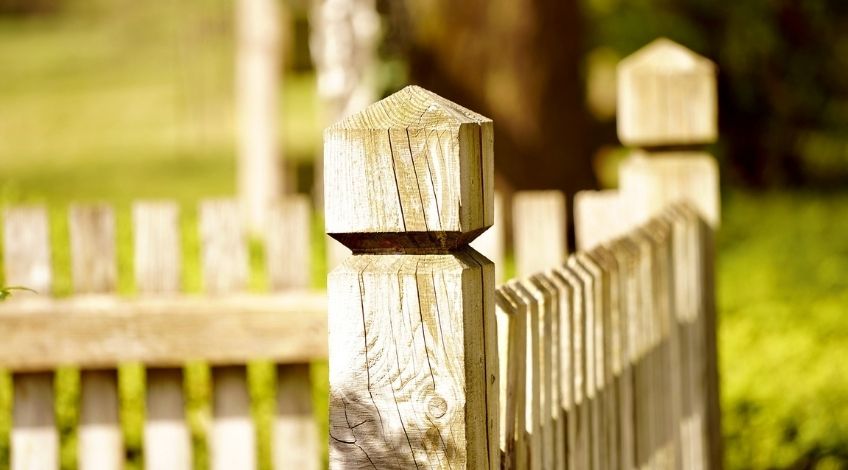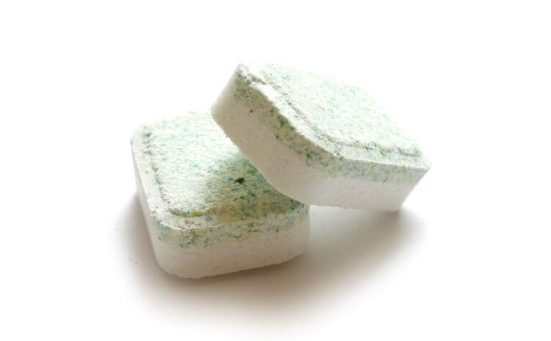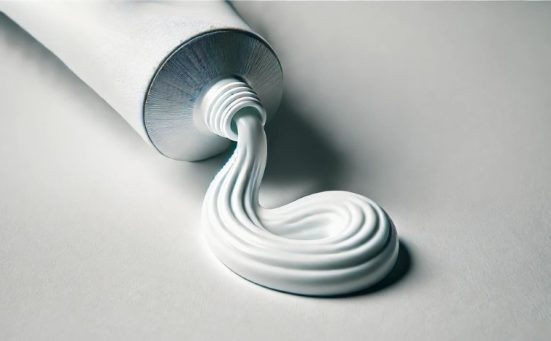
How To Pressure Wash A Fence
Our garden fences go through a lot, they’re exposed to all kinds of weather, from hot sun, wind, rain, snow and freezing ice. All of which can damage the fence or at least give it that weather-beaten look. And it’s not only the elements, but pollution can also cause a film on the surface, birds poo is a corrosive substance, and of course, there’s the general dirt and dust, plus mould and mildew that can all damage the fence.
So to preserve the life of the fence it’s good practice to stain, varnish or seal it in some way. Fences should be coated with some sort of protective coating every year but, before coating, they should be cleaned. Why? Because if you stain the wood over the dirt, the stain cannot fully penetrate the wood and will not offer any protection.
What Will Happen If You Don’t Wash The Fence Before Staining?
Not only will the stain not penetrate the wood correctly, but it will also start to peel and look unsightly and any dirt stains under the coating will show more prominently than before. So the fence won’t look as good as it should, the stain won’t be as effective as it should, and you’ll have wasted a lot of time and energy for nothing.
Pressure Washing A Fence – The Safe Way
The safe way to pressure wash a fence is to always follow these guidelines.
- Wear the correct PPE
Pressure washing can cause personal injuries and it’s so easy to end up at the local hospital instead of sitting in the garden admiring your work. Always wear goggles, gloves, boots or closed in shoes, keep arms and legs covered and consider a face mask. - Keep children away
We know this is easier said than done because the kids love to be where dad is and where the action is too. But pressure washing is a serious business and can be dangerous especially to children. - Be aware of any trip hazards
Working with a pressure washer takes considerable concentration, as a result, you’re more likely to trip up. Remove whatever obstacles you can and be aware of any you can’t. You’re working on a fence so most hazards are probably going to be from plants that can’t be moved but be mindful of them and the potential hazard they can be. - Keep pets under control
Pets can get seriously hurt with the force from a pressure washer too. Never spray directly at humans, animals or plants. - Cover anything electrical
We often have intruder lights etc. cover these with plastic sheeting to protect them from damage. If you have string lighting on the fence remove this before you start. - Use the correct PSi for fences
Wooden fences are either made from softwood like pine or cedar, or hardwoods like redwoods. It’s always best to play it safe and go for the lowest PSi you can whilst still cleaning effectively. Too much pressure can damage the wood, this damage is not always visible, it’s possible to damage the internal composition of the wood. This will allow fungi and infections to develop and ruin the wood. - Use the correct nozzle
Some nozzles have a more powerful spray pattern which could potentially damage your fence. Always use the appropriate nozzle to clean your fence. - Keep the water moving
Never allow the spray to concentrate on one area for too long, always keep the wand moving to allow an even spread of water and not apply too much pressure to one point.
What’s The Safest Way To Pressure Wash A Fence?
If you can determine which wood your fence is constructed of all well and good, but if not, assume it’s a softwood and pressure wash accordingly. Follow the guide to power and nozzles used for pressure washing fences (below) and never exceed the maximum pressures quoted.
| Wood type | Maximum pressure (PSi) and nozzle |
| Softwood | 600 PSi Green nozzle (with care) |
| Hardwood | 1200 PSi Green nozzle (with care) |
Remember these are the maximum pressures and the highest angled nozzle recommended for use on wooden fences. Always start with the lowest pressure and nozzle angle and work up if necessary.
The Correct Way To Safely Pressure Wash A Wooden Fence
When pressure washing fences it’s always best to work in sections if you have regular fence posts treat each fence panel as a section. That way you can be sure you’ve cleaned the whole fence and not missed any out.
Using A Pressure Washer To Clean A Wooden Fence In 6 Easy Steps

By following this step by step guide, you’ll be sure to thoroughly clean your fence safely efficiently and without causing any damage to the wood.
- Wet the fence
Using the white nozzle, spray the whole section of fence from the bottom to the top. This will ensure even water coverage. Spray the soil around any plants that are growing near the fence to fully soak the ground. This will dilute any detergents you are using on your fence to prevent too much damage to the plants. - Add detergent
Pour a suitable fence detergent into the pressure washer detergent reservoir. Make sure the detergent is compatible with your machine. - Cover the fence with suds
Using the detergent nozzle (black) apply the detergent to the fence working from the bottom up. Allow the detergent to soak in for 5 to 10 minutes or as directed on the bottle. While waiting for this panel you can move onto the next panel to save time but don’t allow the first panel to dry out. - Rinse the suds off
Change to the white nozzle and rinse the soap away, working from the top downwards. Remember to keep the water jet moving at all times and never concentrate on one spot for too long. - Stand back and admire your work
Allow the fence to dry completely. - Apply stainer
Once the wood is dried completely, apply any stain, wood preserver, or varnish using a natural bristle paint brush.
Be sure to allow the wood to dry out thoroughly as once it’s sealed you will seal any moisture inside the wood which will lead to rotting.
How Often Should A Wooden Fence Be Pressure Washed?
It is only really necessary to pressure wash a wooden fence once a year, to remove any mould, stains or birds poo. Then refinish the fence to preserve it. Anymore is not only overkill, but it can actually damage the wood.
Frequently Asked Questions
It is OK to pressure wash a wood fence as long as you keep the pressure low and use the correct nozzle.
You do need to pressure wash a fence before staining to remove any dirt that would prevent the stain from penetrating the wood.
How long it takes to pressure wash a fence depends on the size of the fence, as a rough guide, a 250 square foot fence will take around 1 to 1 ½ hours to pressure wash.
Fences turn grey because of sun damage. It’s the Ultra-violet light in sunlight that causes the outer cells of the wood to die.
You can power wash stain off a fence, power washing will remove stain, old paint even varnish from fencing.
You can’t stop your fence going grey, but you can slow the process down by using a UV resistant stain on your fence.




